The White-necked Heron (Ardea pacifica), also known as the Pacific Heron, is considered widespread throughout much of Australia, with the exception of some of the desert regions of Western Australia and South Australia. They are found inhabiting mainly fresh water wetlands, farm dams, claypans, and on occasion some of the semi-permanent waterholes in gorges. They have also been sighted in tidal areas.
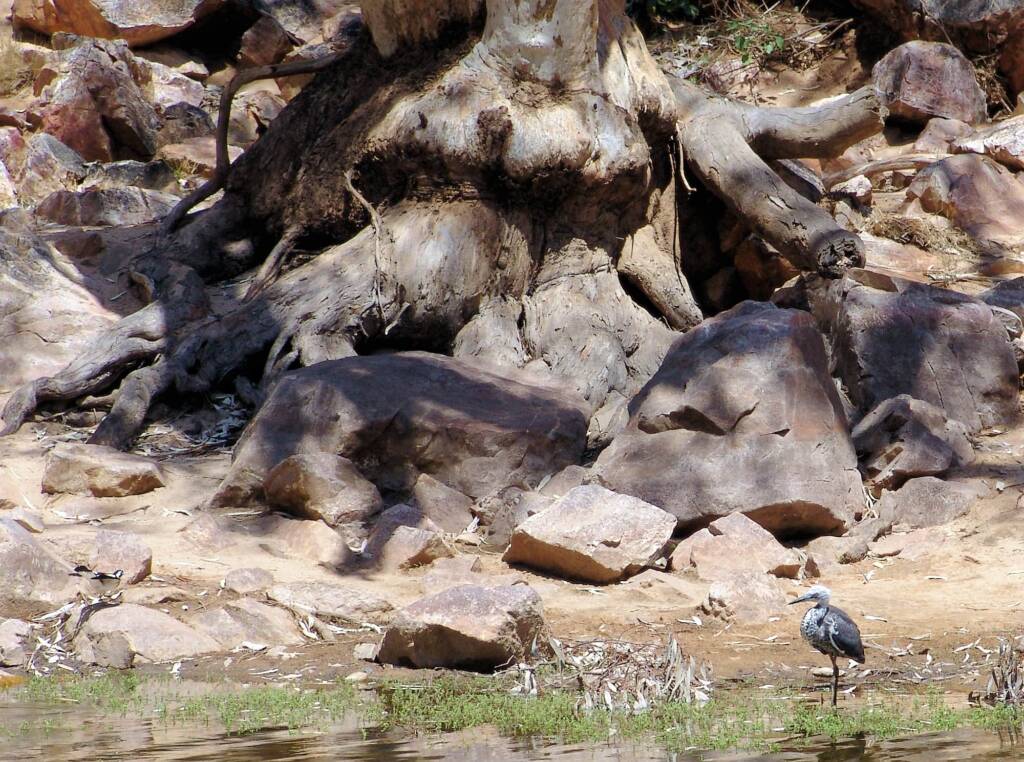
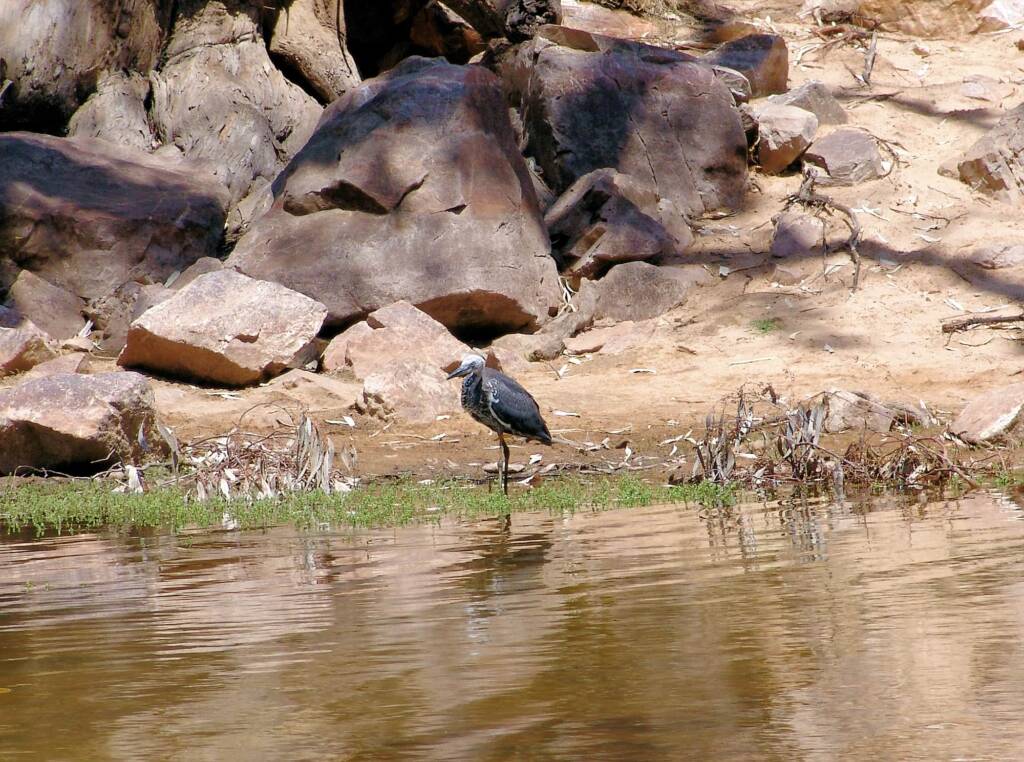
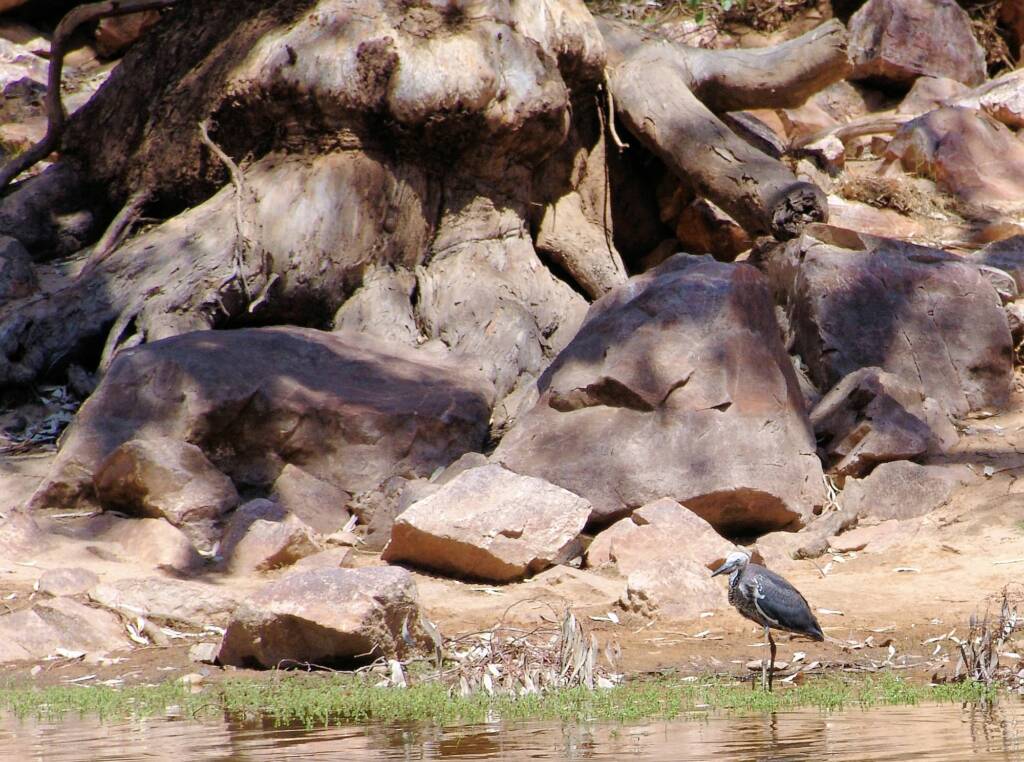
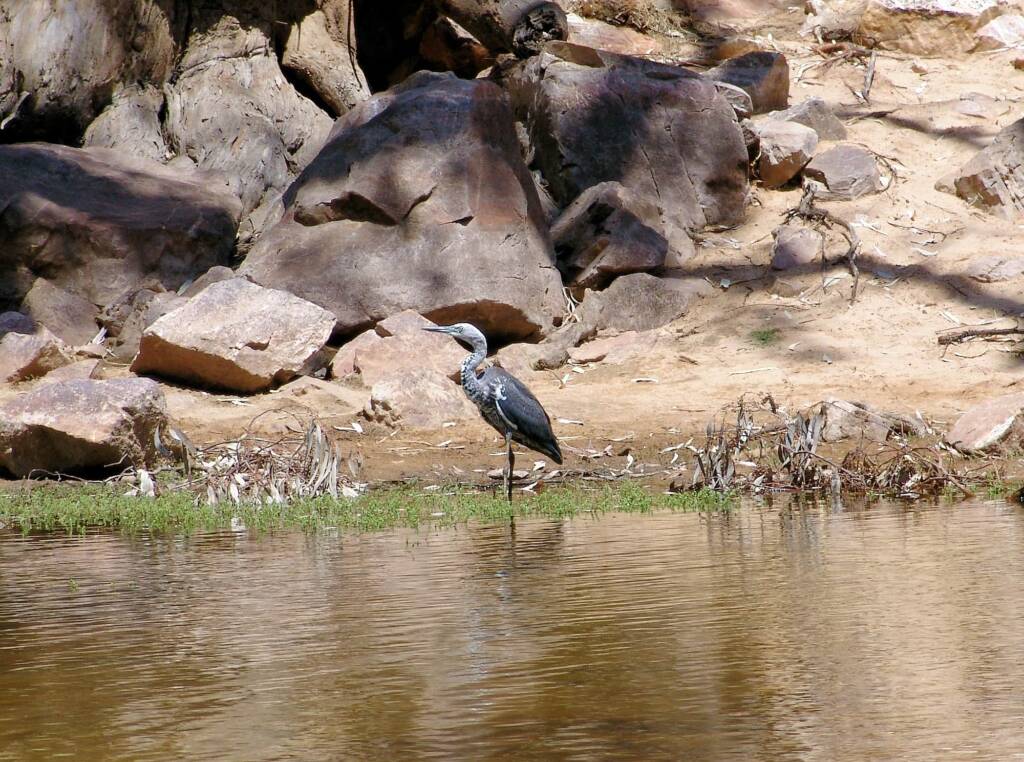
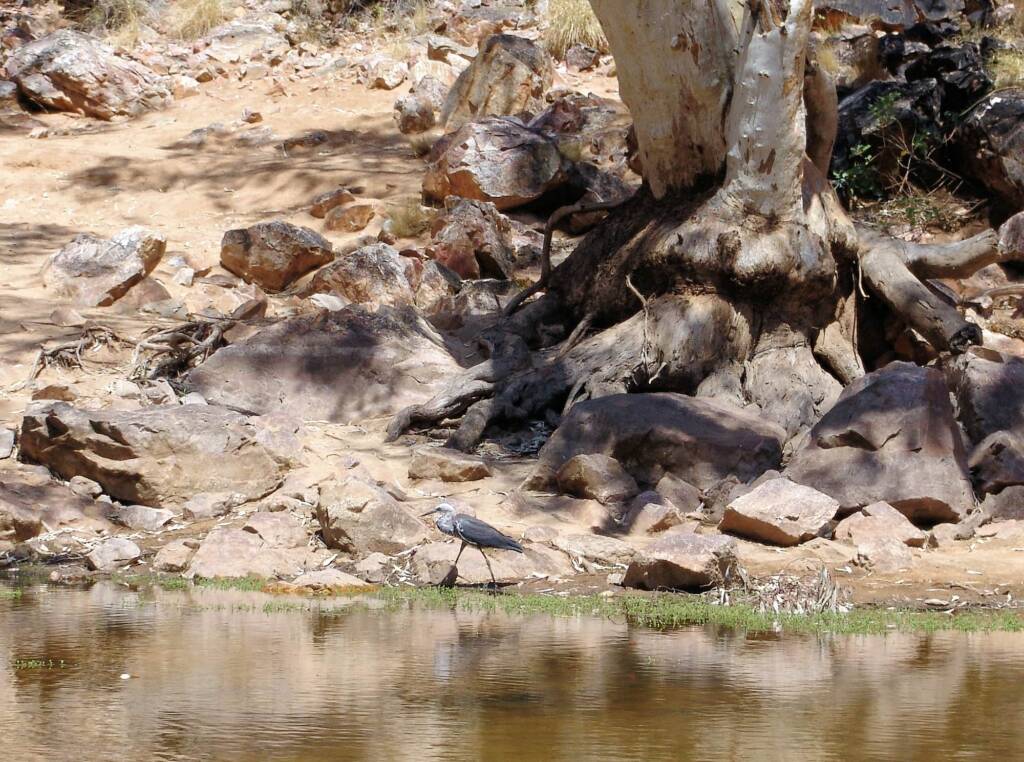
Whilst the occasional solitary herons can be seen in areas with bodies of water, these herons usually breed in colonies. Their breeding sites tend to be in wetlands, as within the Murray–Darling Basin, though they have also been seen nesting in the Diamantina Basin and in south-western Australia.
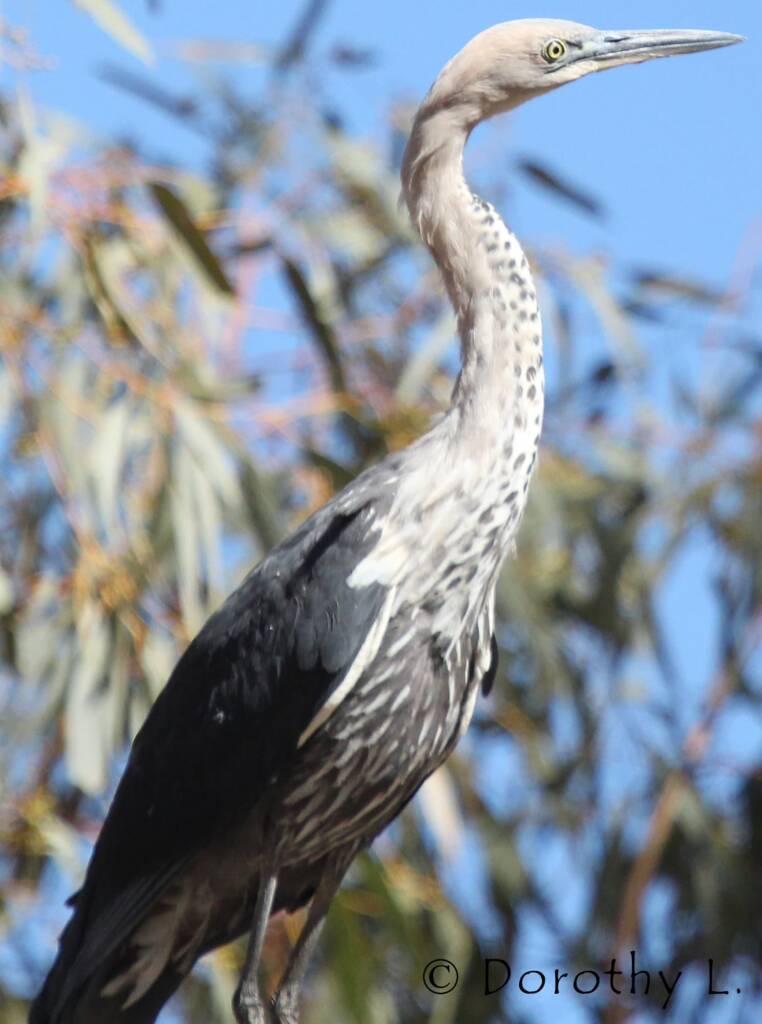
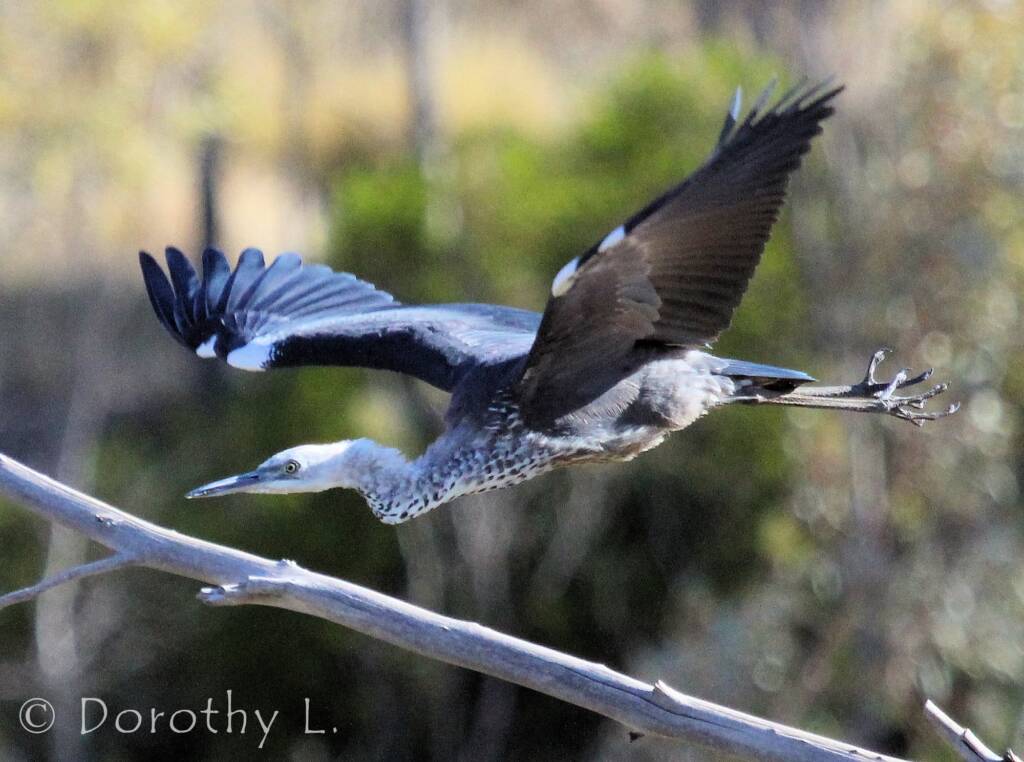
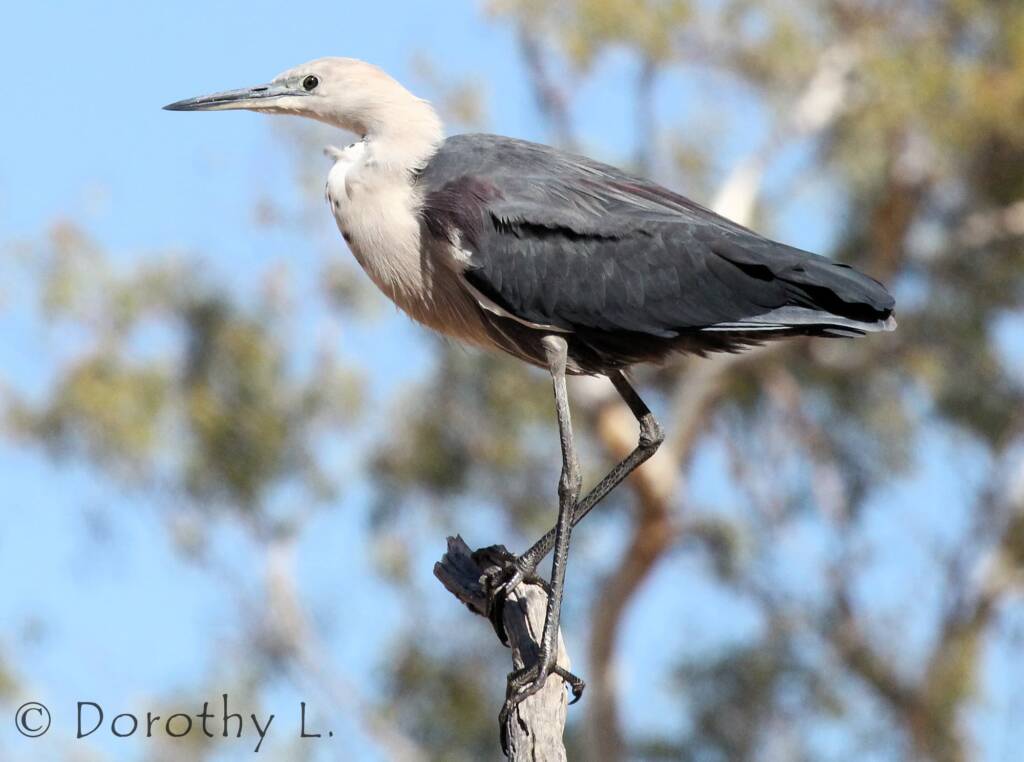
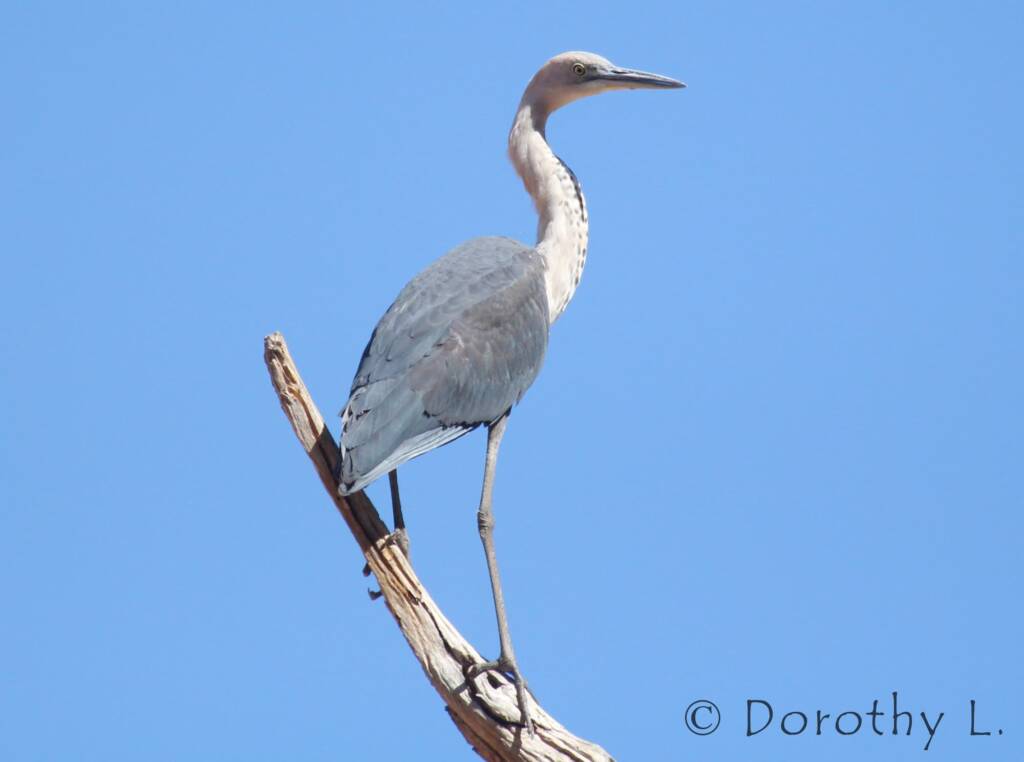
The White-necked Heron is a large heron with a white head and a long white neck. Down the front of the neck are grey-black spots. The feathers of the upperparts of the heron’s body is a slate-black in colour, whilst the underparts are grey streaked with white. During the breeding season, it displays plum-coloured nuptial plumes on the back and breast.
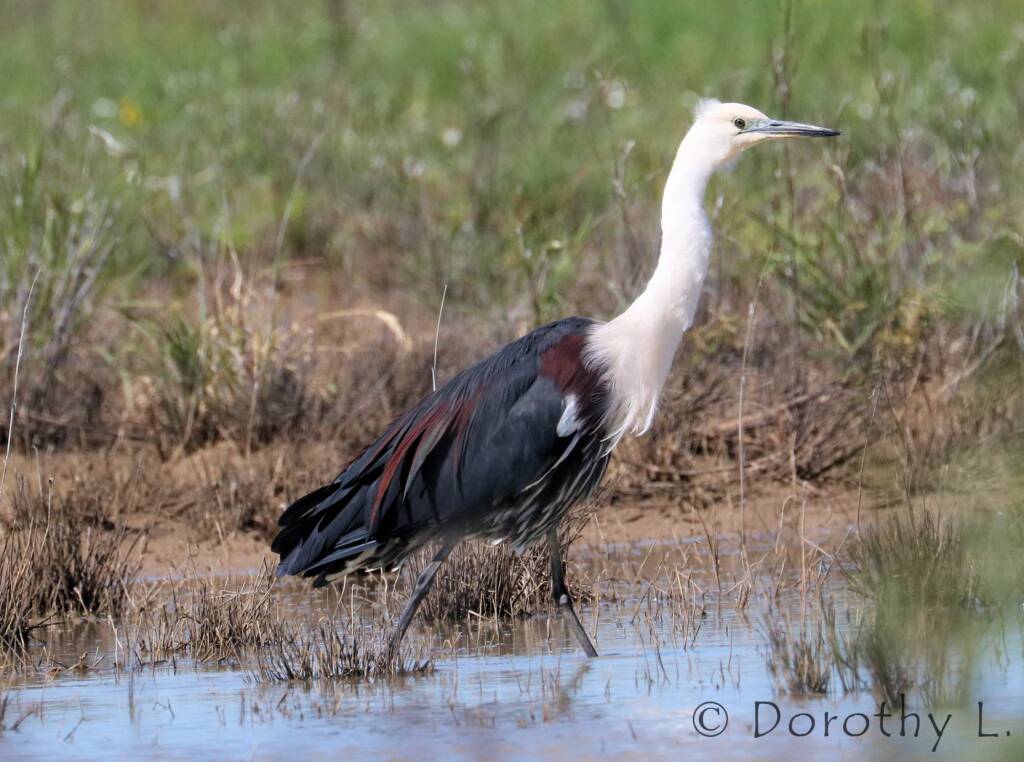
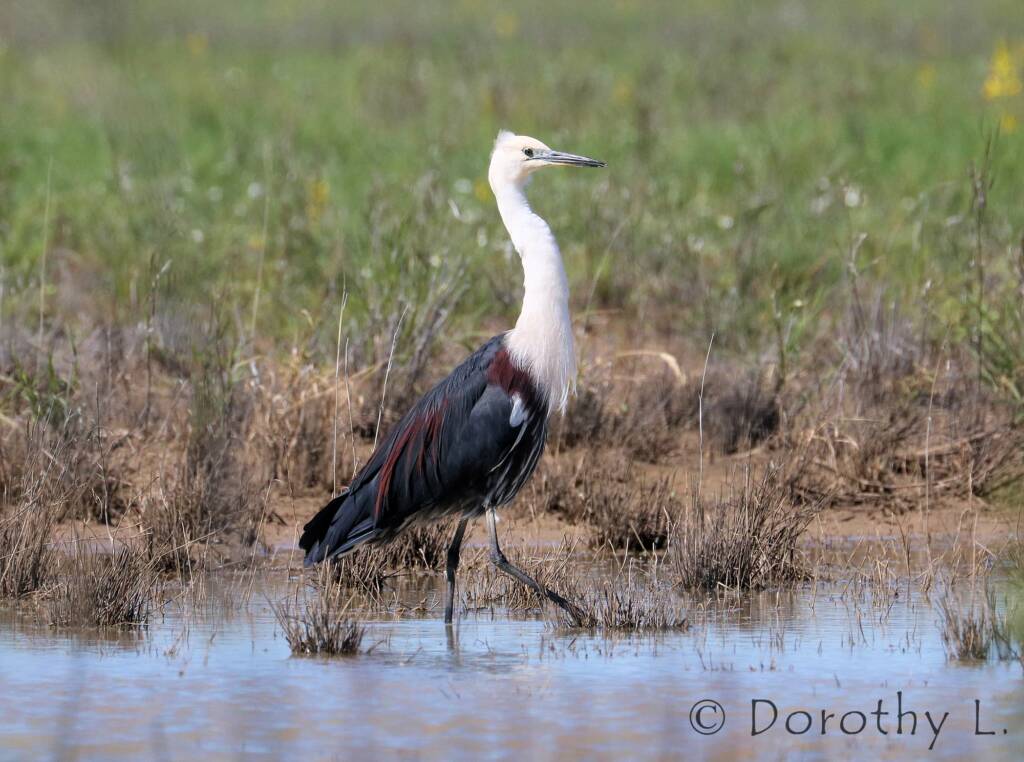
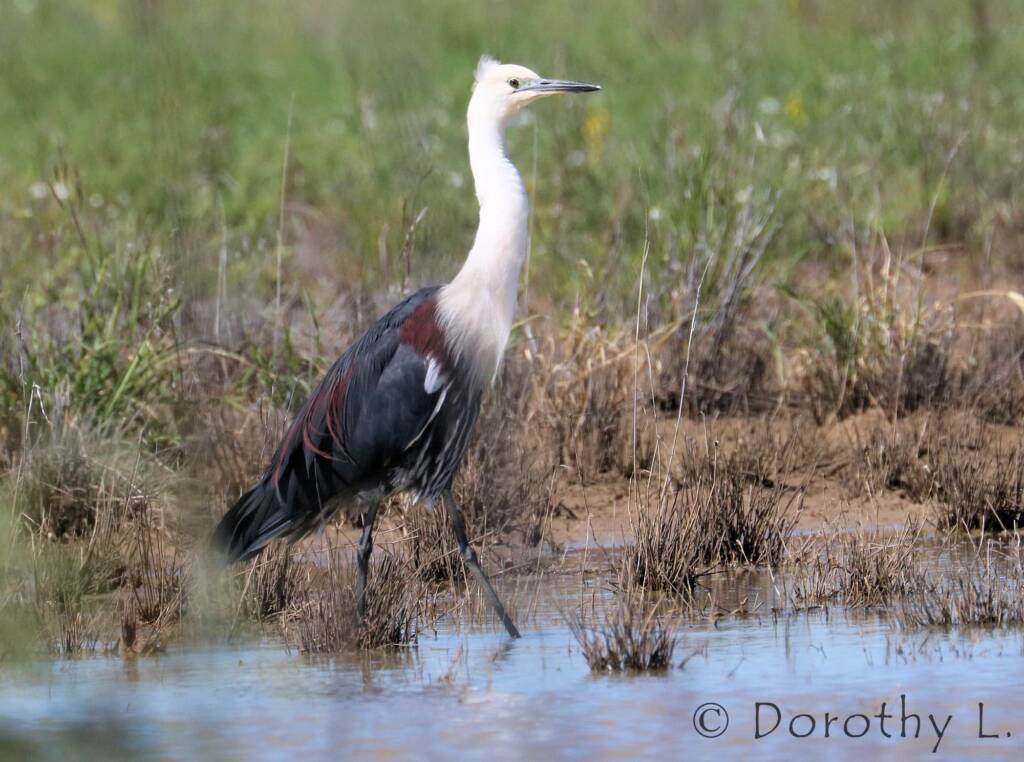
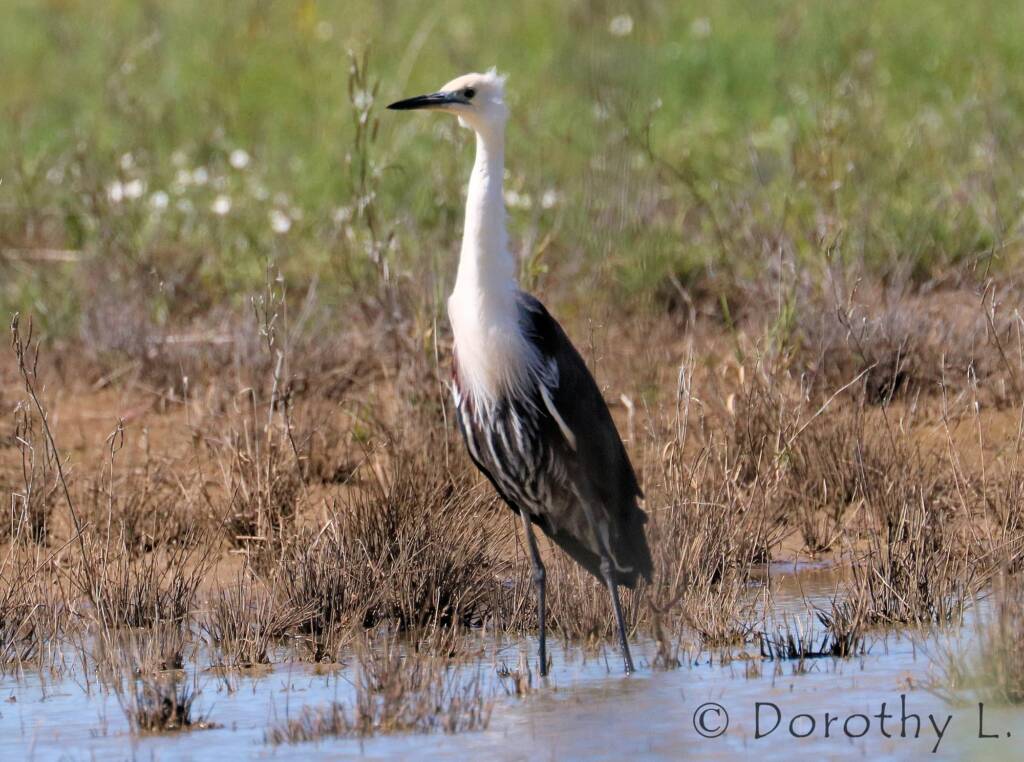
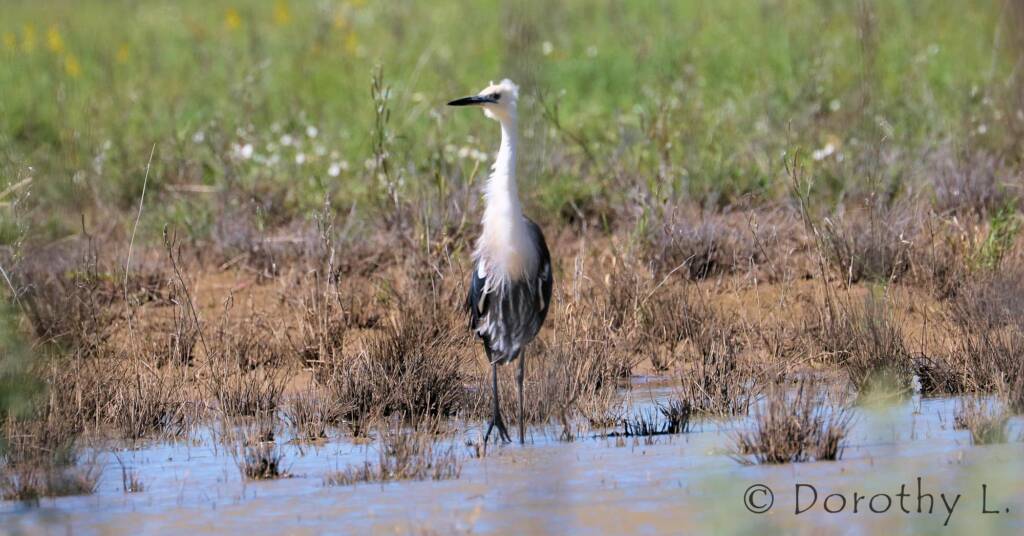
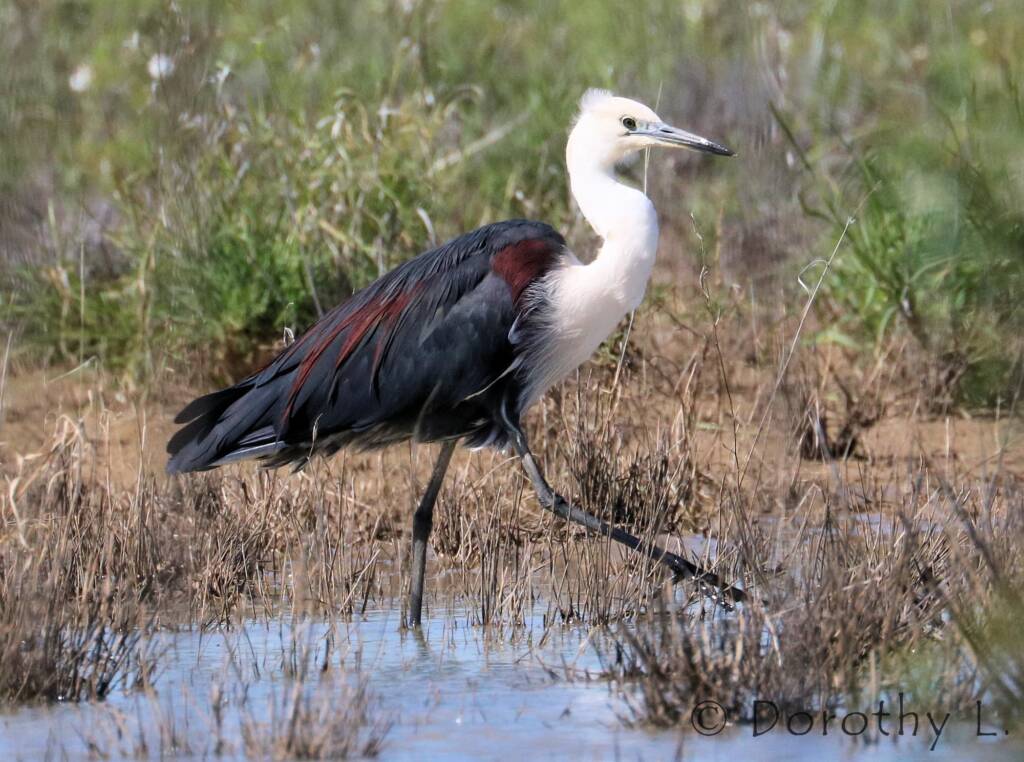
The bill, legs and feet are grey to black, and the eyes are yellow to green. The lores (the area on either side of a bird’s face from the base of the bill to the front of the eyes) are grey to black in the non-breeding season becoming blue during breeding. Also during the breeding season, they have plum coloured nuptial plumes on the back and breast.
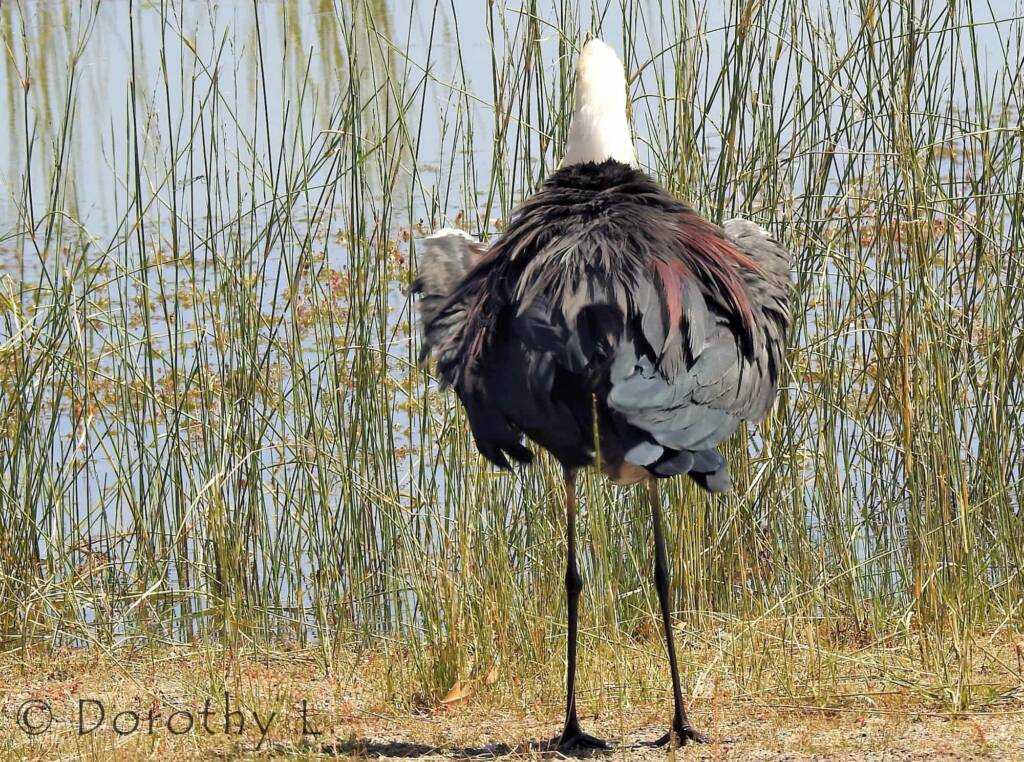
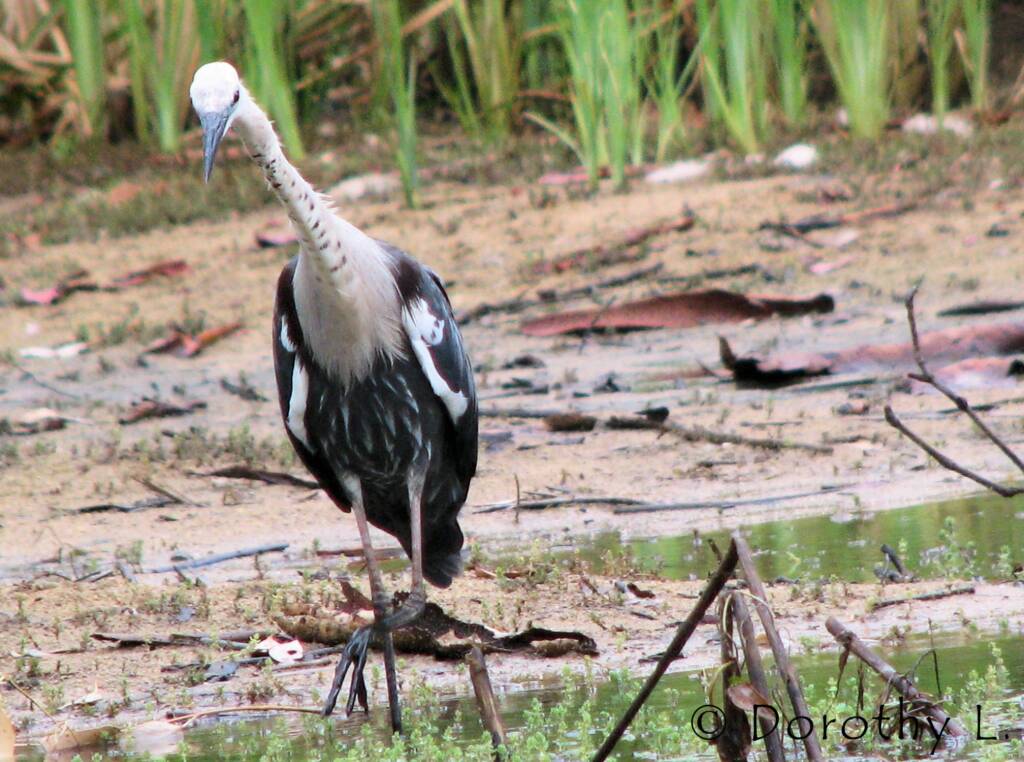
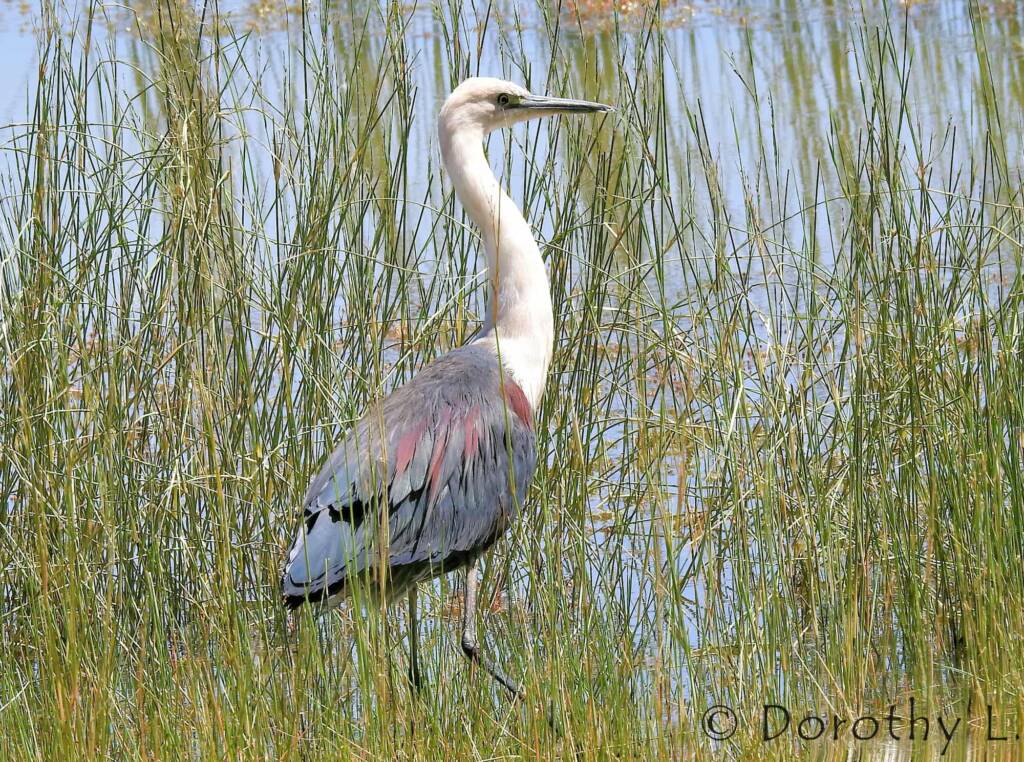
Breeding usually occur between September and December, although they will breed during periods of good rain and subject to the availability of food and water. The nest is a loose platform made from sticks and twigs in river red gums and other trees near or over water. There is usually a clutch of 3-4 pale green-blue eggs, that are incubated and once hatched, looked after and fed by both parents.
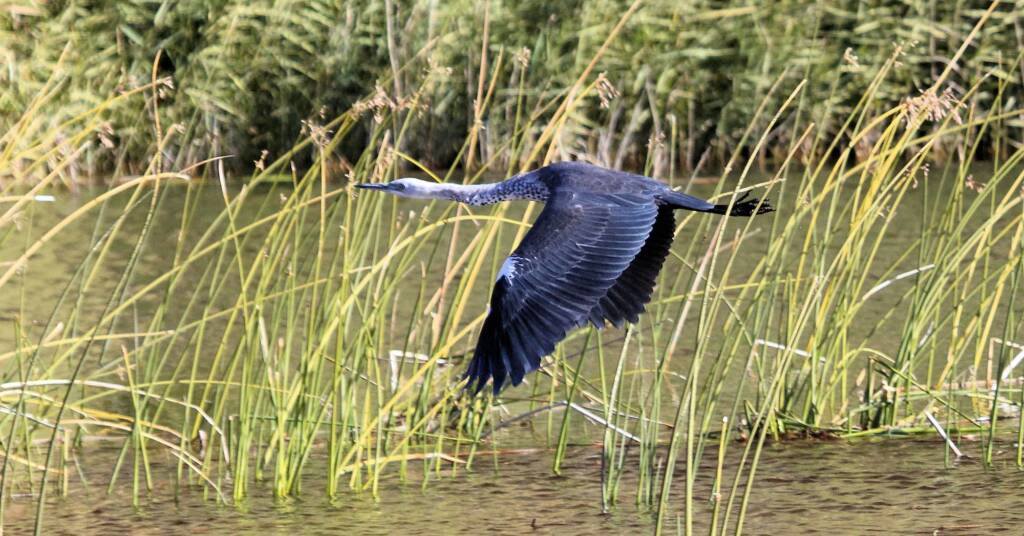
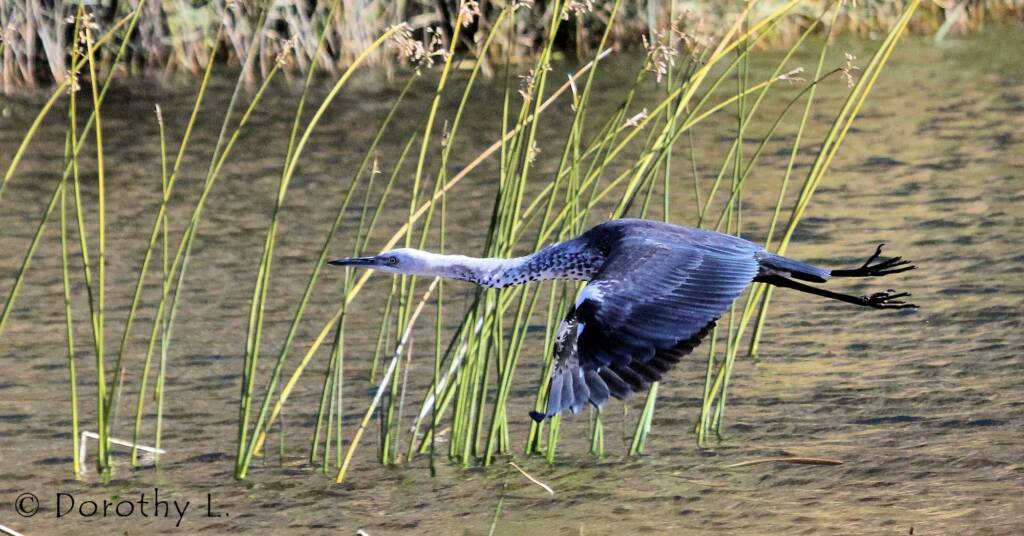
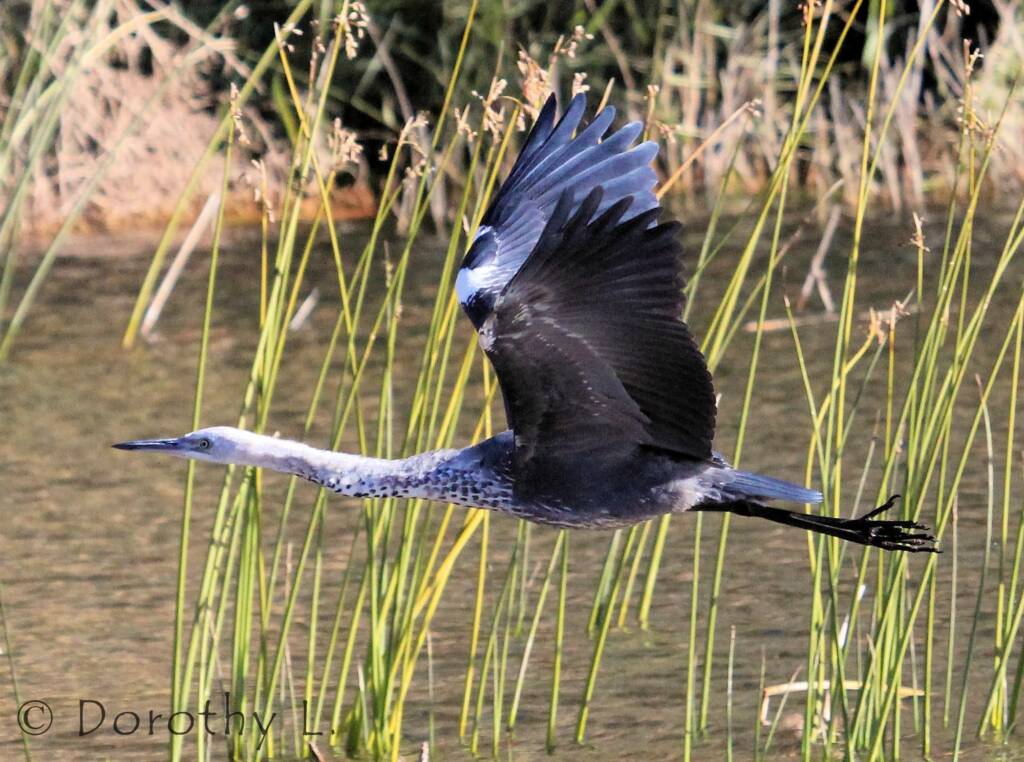
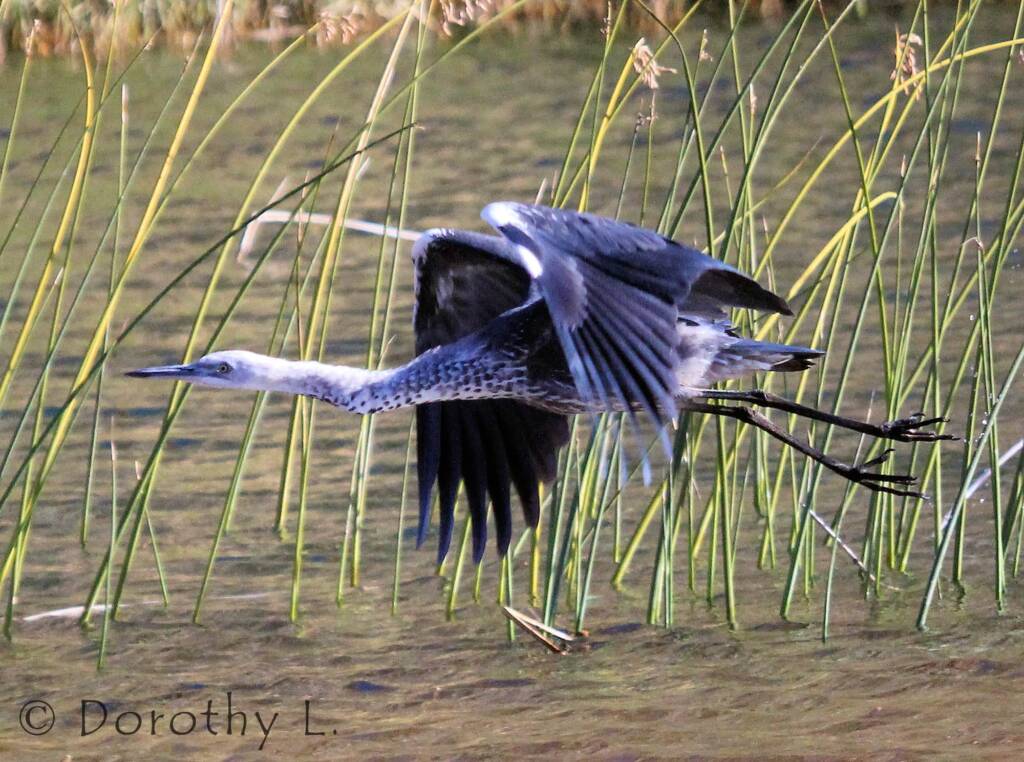
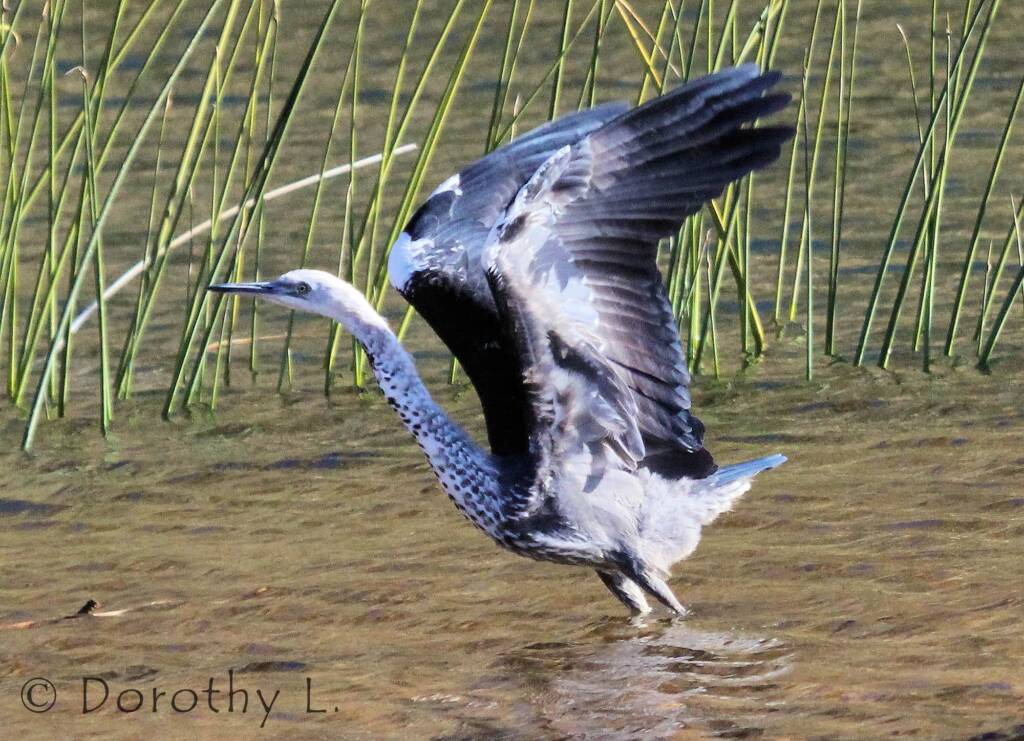
- Scientific classification
- Kingdom: Animalia
- Phylum: Chordata
- Class: Aves
- Order: Pelecaniformes
- Family: Ardeidae
- Genus: Ardea
- Species: A. pacifica
- Binomial name: Ardea pacifica

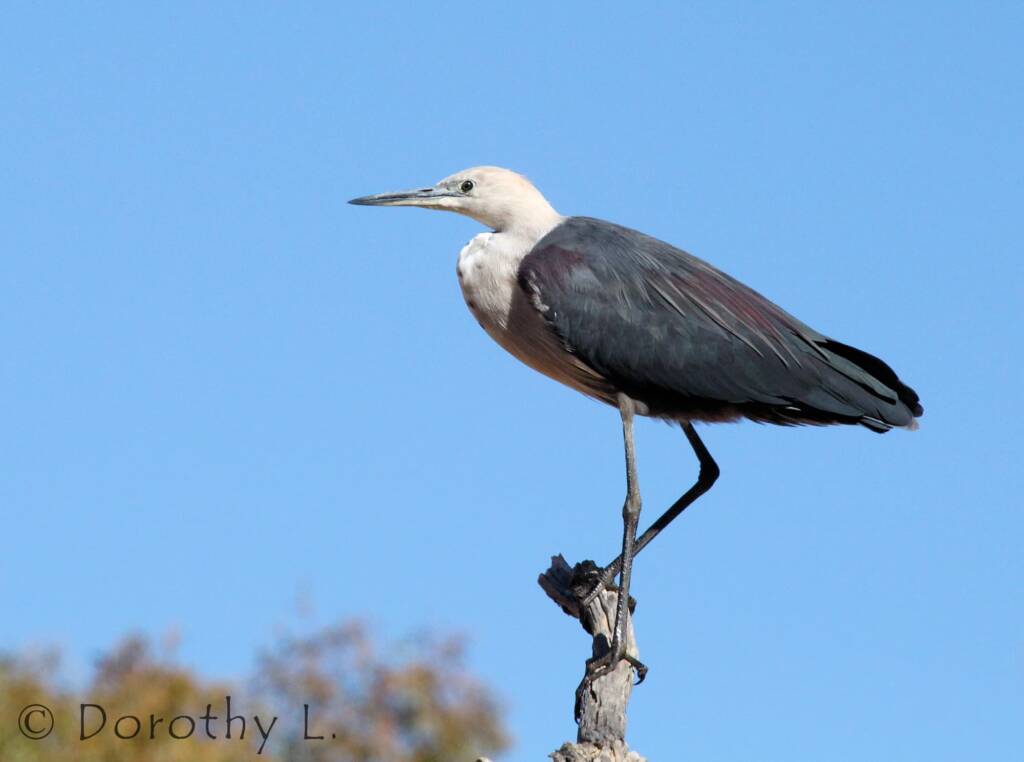
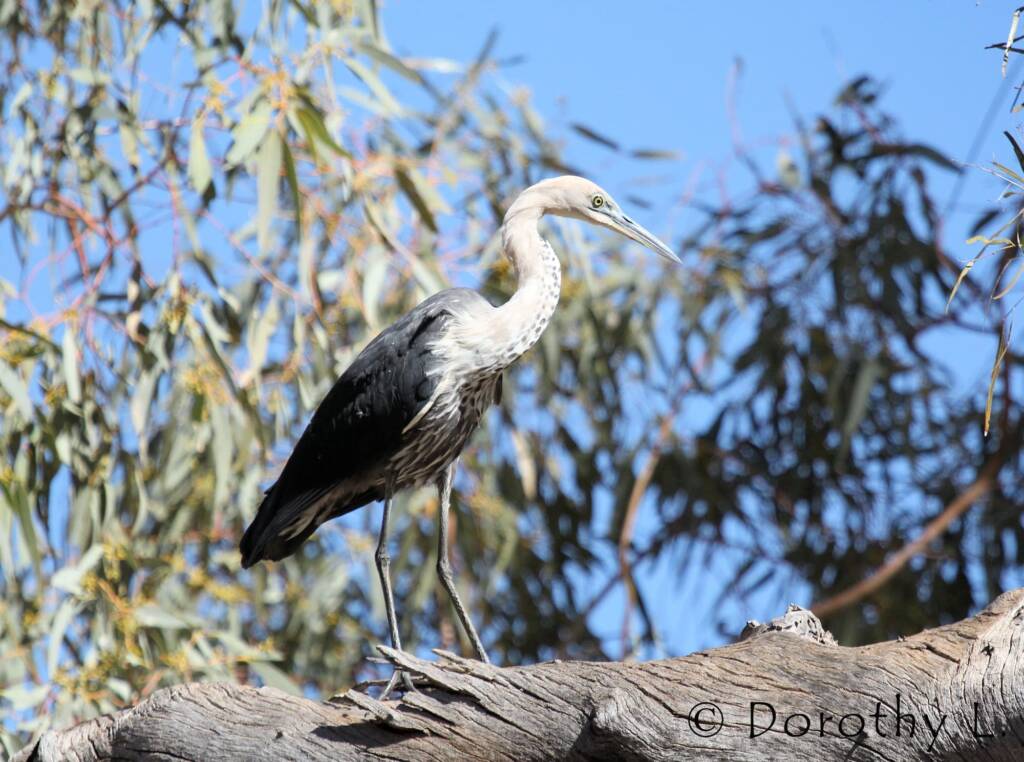
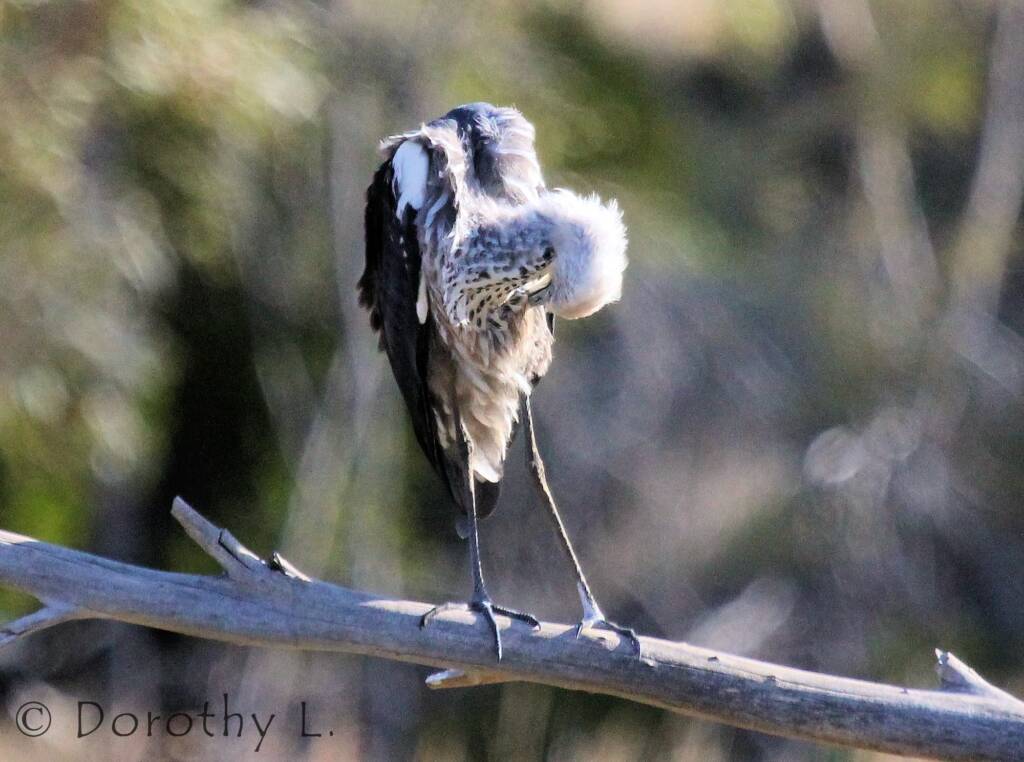
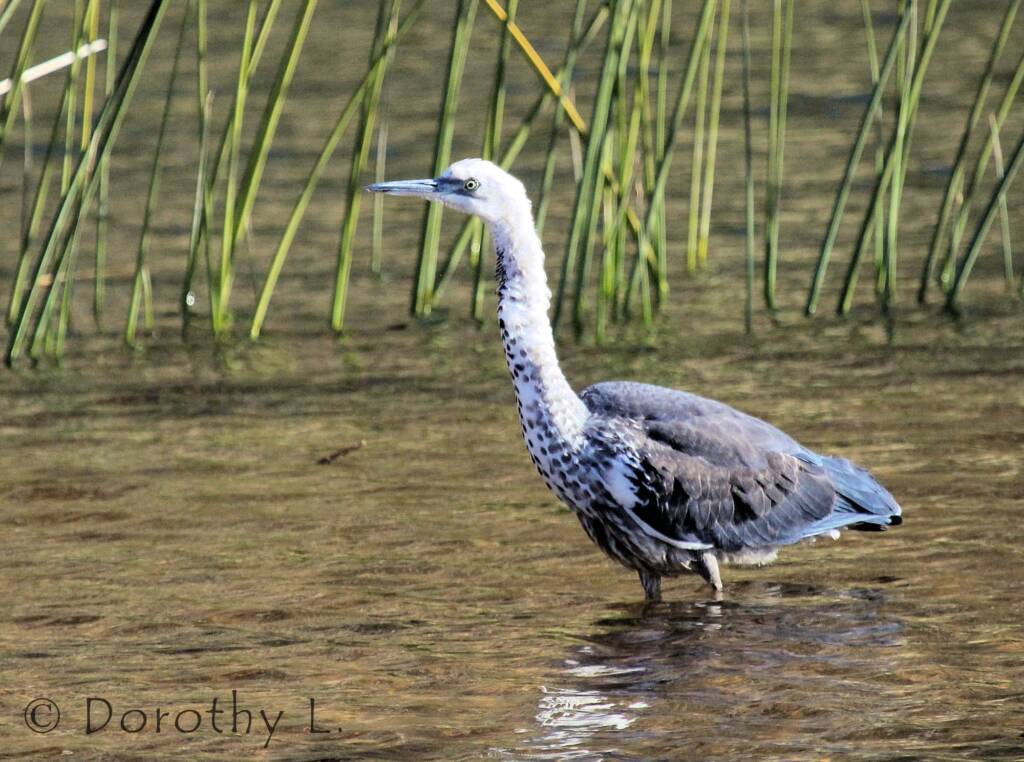
Images © Dorothy L / Images © Ausemade PL
